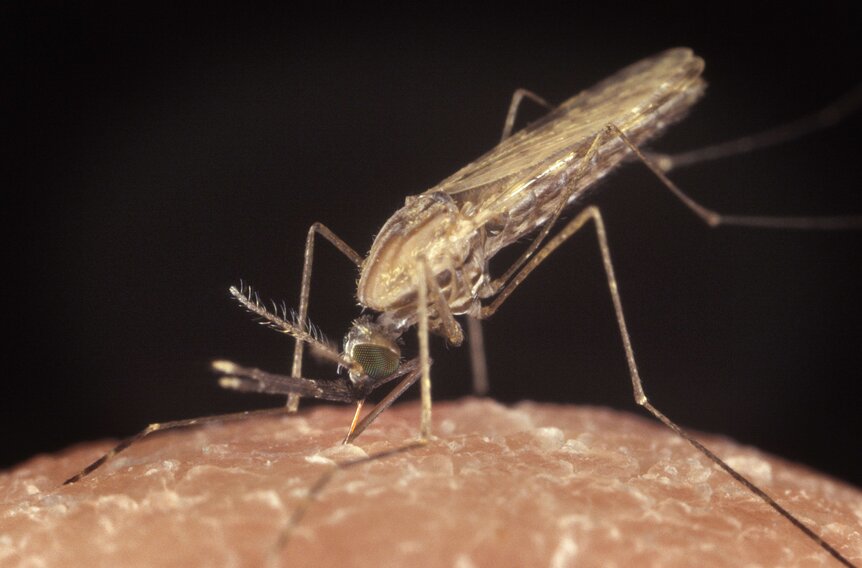Create a free profile to get unlimited access to exclusive videos, sweepstakes, and more!
If we pulled a Jurassic Park and messed with genes, would we be in more danger than the movie?

Remember that scene in Jurassic Park where mosquito blood is extracted for dinosaur genes? Now turn it on its raptor skull. Instead of bringing back extinct prehistoric species, what if invasive ones like malaria-carrying mosquitoes could be wiped out?
Bloodsucking insects are hardly the only cause for concern. Invasive species like mosquitoes can potentially harm endemic species and ruin ecosystems. The Galápagos islands are being strangled by 1,700 of these unwanted invaders. Cane toads, originally brought to Australia to get rid of sugarcane beetles, are so toxic that no predators can eat them to control the population, unless you count the cane toad cannibalism that has been going on.
There could be a way to get rid of organisms that never belonged somewhere in the first place. It would be impossible to trap every single infected mosquito in an outsize bug-zapper, or load every cane toad in the cargo hold of a ship headed for the regions of South and Central America where they were brought over from. What we do have is gene drive. Isla Nublar might not exist, but there is an island similar to the fictional one where experiments could be carried out to see whether certain invasive species would end up extinct if their genes were messed with.
It seems like an incredible idea. Imagine halting the spread of malaria, preventing crops from being ravaged or saving critically endangered species from having their food sources taken away by much more common, but invasive, ones. Gene drives use directed gene repair editing (such as CRISPR) to force certain genes into a population. CRISPR has often been used to cut DNA to correct faulty genes, but it may soon have another use. The genes in proteins tell cells how to build those proteins. The proteins in the cells of an organism heavily influence traits.
For extinction experiments, parent organisms would be given genes that code for the CRISPR proteins that cut a strand of DNA along with a gene to spread sterility throughout the invasive species. Both genes would be inserted into the DNA strand where it is intended to be cut. CRISPR would make the cut in that strand and the new gene would be inserted into it right away. Inducing sterility would give those genes the highest chance of being passed down to offspring that would end up completely sterile in a few generations and die out.
So why is something that sounds like such an easy solution, which could happen in as little as a decade and doesn’t involve toxic insecticides or herbicides, being ethically questioned?
What is now known as “synthetic biology” after a the recent International Union for the Conservation of Nature (IUCN) Congress in Marseille includes methods like gene drive. It seems that each invasive species needs to be investigated first. There is the possibility that organisms carrying sterility genes could have a detrimental impact on endemic species that they are able to breed with. An invasive rat species carrying the genes may produce offspring with an endemic rat and irreversibly damage its gene pool. Biodiversity could be threatened.
There are proponents for using gene drive to get rid of an invasive species because of potential positive effects. If an invasive species is investigated and found to have absolutely no positive effects in the area it has taken over, and cannot breed successfully with anything but members of its own species, genetic engineering could actually save biodiversity. The technology cannot just be unleashed like the dinosaurs of Jurassic Park. Each invasive species needs to be carefully examined to see whether the positives outweigh the negatives before doing anything in a lab.
“Unfortunately, there is no universal path for minimizing the potential detrimental effects and maximizing the potential benefits of synthetic biology for biodiversity conservation,” the IUCN website says.
If humans are going to do this, we had better get it right, because unlike watching the fictional dinosaur invasion that wrecked Isla Nublar, we won’t be able to press rewind.



























